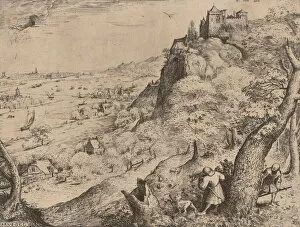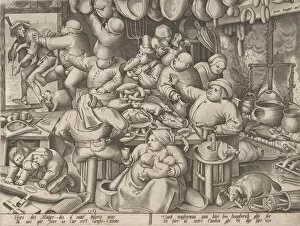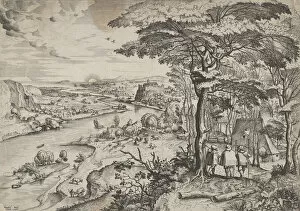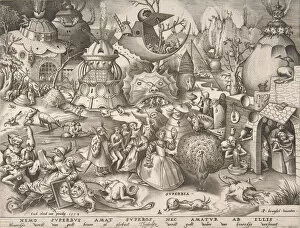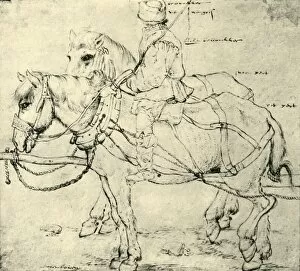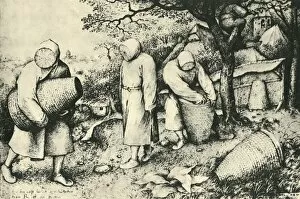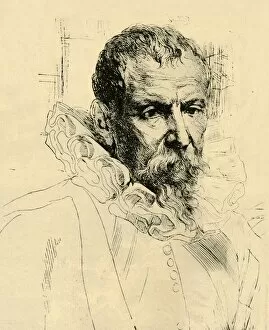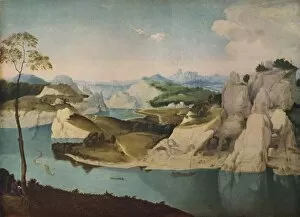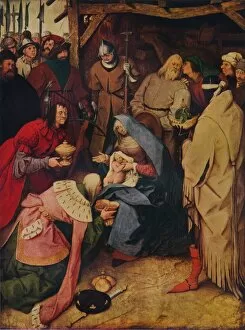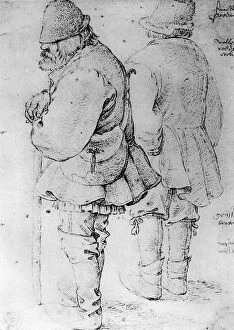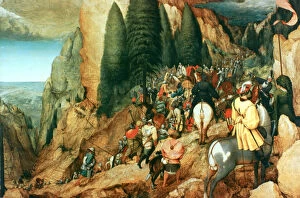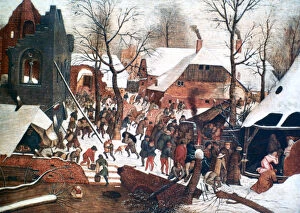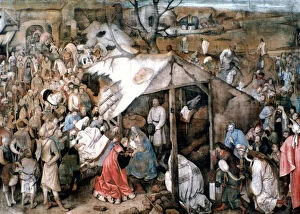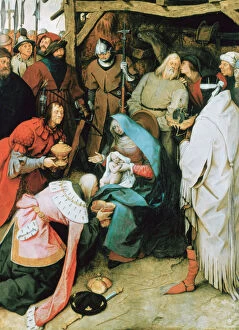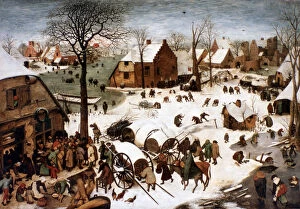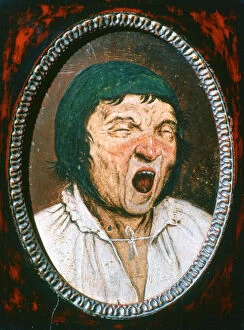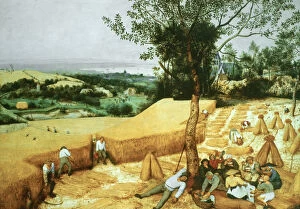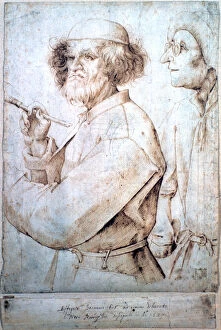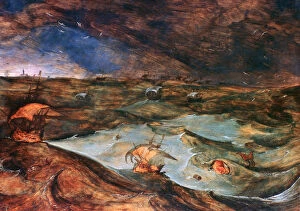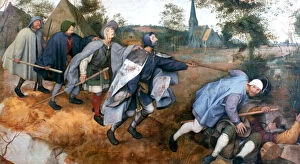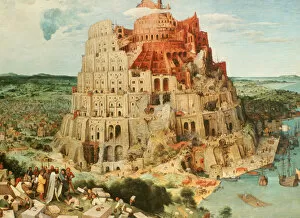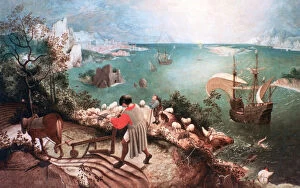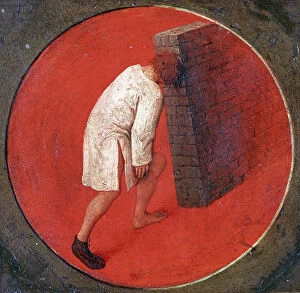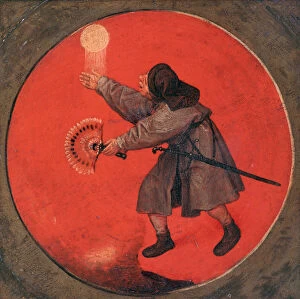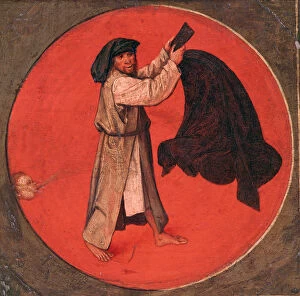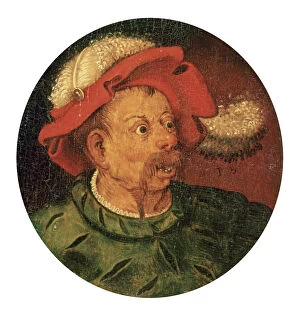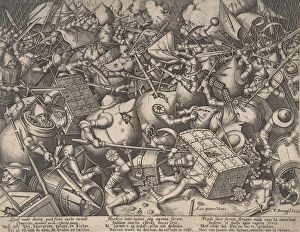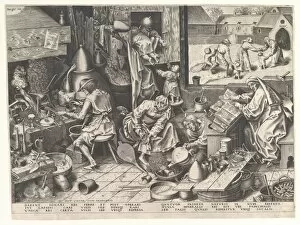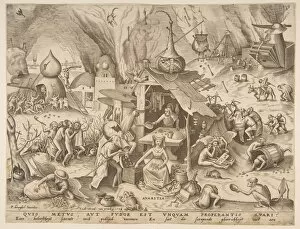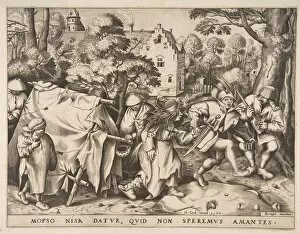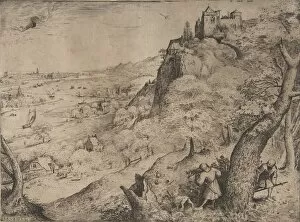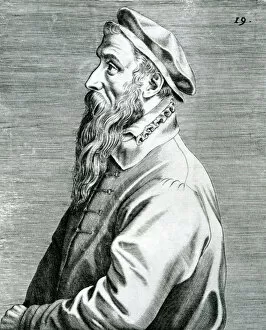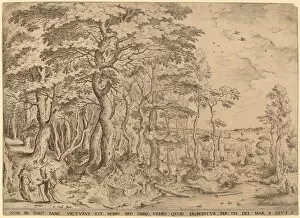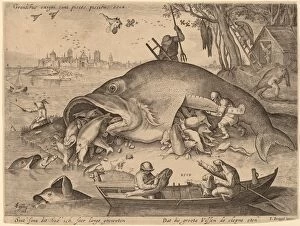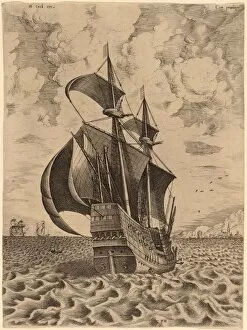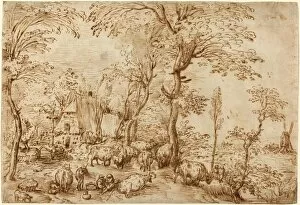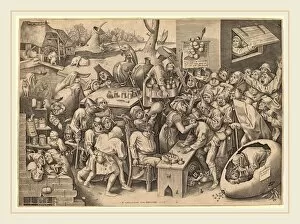Pieter Bruegel The Elder Collection (page 3)
Pieter Bruegel the Elder, a renowned Flemish painter of the 16th century, left an indelible mark on art history with his diverse and thought-provoking works
For sale as Licensed Images
Choose your image, Select your licence and Download the media
Pieter Bruegel the Elder, a renowned Flemish painter of the 16th century, left an indelible mark on art history with his diverse and thought-provoking works. His painting "Dulle Griet (Mad Meg)" depicts a fierce and determined woman in armor, challenging traditional gender roles. In "The Harvesters, " Bruegel captures the essence of rural life, showcasing peasants toiling away in the fields during harvest season. In "Whatever I do, I do not Repent, I Keep Pissing against the Moon, " Bruegel's irreverence shines through as he challenges societal norms and expectations. The artist's collaboration with Pieter van der Heyden resulted in powerful pieces like "Patience (Patientia), " which explores the virtue amidst chaos, and "Pride (Superbia)" from their series on The Seven Deadly Sins. "The Peasant Dance" brings joyous scenes to life as villagers come together for merriment and celebration. Conversely, "Misanthrope" delves into human isolation and disillusionment. Philip Galle collaborated with Bruegel on notable works such as "The Parable of the Good Shepherd, " conveying religious themes with intricate detail. Bruegel's mastery is evident in his depiction of somber subjects like death; both in "The Death of the Virgin" by Philip Galle and his own creation titled "The Triumph of Death. " These artworks explore mortality while evoking deep contemplation within viewers' hearts. Collaborating again with van der Heyden for their piece titled "Everyman, " they delve into existential questions about life's purpose. Finally, anger takes center stage in Philip Galle's portrayal of this deadly sin known as “Anger (Ira). ” Through his wide-ranging subject matter and technical prowess, Pieter Bruegel the Elder continues to captivate audiences centuries later. His ability to capture humanity's complexities and challenge societal norms makes him a true master of his craft.

